- Itinerari
The province to the south
Gallarate, Busto Arsizio, and Saronno. Art, and architecture; faith and modern times
Stop 1: Gallarate
Stop 2: Busto Arsizio
Stop 3: Saronno
Mostra cosa c'è nelle vicinanze:
Itinerary stages
Gallarate
Our journey to discover the southern part of the province of Varese begins in Gallarate, just a few kilometres away from Malpensa Airport.
The city's pride and joy is the MAGA museum, with a collection that now has 5,500 works including paintings, sculptures, installations, artist books, photographs, design objects and graphic works.
The oldest traces of the town's history can be found in the centre of town, in the church dedicated to St. Peter. It was built between the 11th and 13th centuries by Comacine masters in the Romanesque style with Gothic elements. In the 15th century it was converted into a fortress, and in 1844 it was declared a national monument, resuming its original purpose.
A few steps away from the church you will see the Basilica of Santa Maria, Gallarate's main church. It houses some frescoes by Luigi Cavenaghi and stuccoes by Celso Stecchetti. Off to the side is a 45-meter-tall bell tower dating back to 1454.
Busto Arsizio
The second stop on our route takes us to Busto Arsizio, where important examples of Art Nouveau architecture can still be admired. Casa Colombo is a private villa decorated in the Art Nouveau style. It was designed in 1915 by the architect Gambini, known for the varied materials and colours of his designs. Villa Ottolini Tovaglieri was built in 1903 at the behest of Enrico Ottolini and has three floors plus a basement used for cellars. Inside you can admire polychromatic floors, frescoes on the walls, plays of light created by the colours of the stained glass windows, and an imposing staircase connecting the floors. The exterior, on the other hand, features a small green space with a gate that has horse chestnut leaves and fruits as decorative elements. Villa Ottolini Tosi was built in 1902. Inside there are rich decorations with mosaics, an ornate beamed ceiling, a polychromatic marble fireplace, and beautiful paintings. The exterior, on the other hand, features columns, a terrace, and wrought iron elements including sunflowers, corn on the cob, pomegranates, skeletons, and dragon heads.
As you walk around Busto Arsizio, you simply must enter the main churches, in the historic centre.
The Santuario di Santa Maria in Piazza (Sanctuary of Santa Maria in Piazza) is serious, solid and geometric in the Bramante style. The polyptych made by Gaudenzio Ferrari and placed in 1540 is certainly the most noteworthy work.
One of the main places of worship and one of the most important Baroque works in the Varese area is the Basilica San Giovanni Battista, which has large canvases inside depicting the life of St. John the Baptist painted in the late seventeenth and early eighteenth centuries.
Saronno
Saronno, the third stop on our route, is an important city. It is rich in history and culture, a religious and artistic destination due to the presence of the Santuario dedicated to the Blessed Virgin. Built at the end of the 15th century, its interior houses two very important 16th-century painting cycles by Bernardino Luini and Gaudenzio Ferrari. Luini painted the saints and sibyls, as well as stories of Mary's visitation and Jesus' infancy. While Gaudenzio Ferrari is credited with the extraordinary angelic concert that adorns the Sanctuary's dome.
